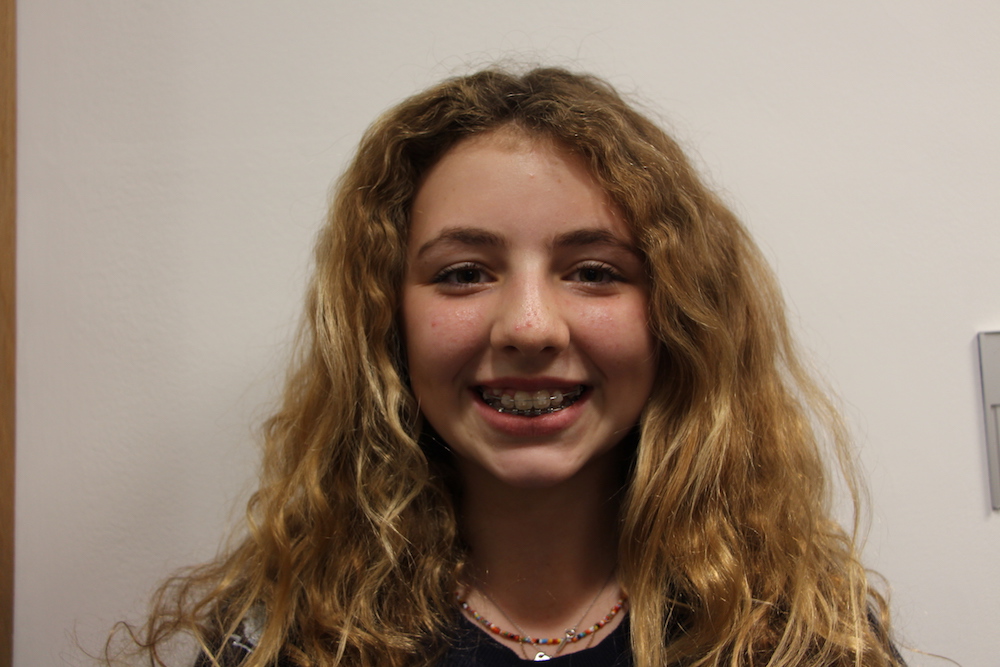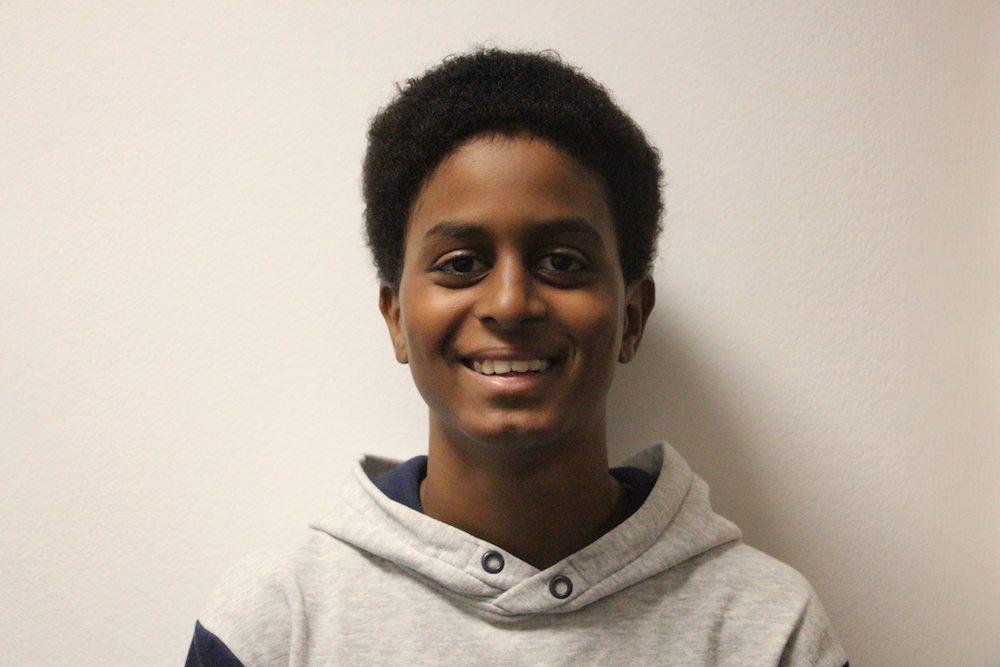
ASL is one of the many international schools for people in London. However, not all students who go to ASL are from the United States. Many people from ASL have actually previously gone to an English school where there are many differences to how things are done at ASL.
The transition from British to American schools can vary from person to person, as differences in the language are not the only differences between Britain and America. A recent article from the Relocate Global states that “Because English is the language of instruction in both the UK and the US education systems, it is widely assumed that the two systems are similar to each other. In reality, they are quite different.”
For one thing, more American schools put less emphasis on exams at an early age, while more British/European based schools are more rigorous from the start, and have major exams at the early age of the beginning of middle school (or what would be called secondary school), when they have the 11+ exam to see what secondary school they go to.
Here at ASL, there are many students who used to be in an English school. Eighth grader Annick Coleman was at Knightsbirdge School until she joined ASL in sixth grade. “The transition was hard in the way that there were different classes and different ways of doing things to get used to. However, the community at ASL really helped me settle in,” Coleman said.
In some ways ASL can be easier, as sometimes when people switch education systems they find themselves repeating things they’ve already learned. “I found that I had already learned some of the things when I started in ASL, so it was easier to settle in,” said Coleman.

However, the transition can also be harder, as eighth grader ElSaddic Abd Saddic found. “It was a struggle at first, because my whole system changed and I had to learn to make new friends in a new place.”
Abd Saddic explained that the curriculum itself was much tougher because he was taught in a different way, and he’d been in the British system his whole life. However he also said that after the first year it’s “a breeze” as he repeated things as well that he had done at his old school.
Another difference is the classes themselves. The eight day schedule is one that is used by few schools other than ASL. British schools mainly have six to seven classes a day, with the same class every day or every other day, and each one is only 50-55 minutes long instead of the 80 minute blocks at ASL. “I think it is better to have longer classes because it means less homework and more time to focus on out of school passions, when there is more time in school to focus on each subject,” Abd Saddic said.
Despite having different transition experience, Abd Saddic and Coleman both agreed that ASL has a welcoming community. Whether it’s challenging them to a greater level, or integrating them slowly into the community, both students felt welcomed and adjusted to the new curriculum through the transition.
